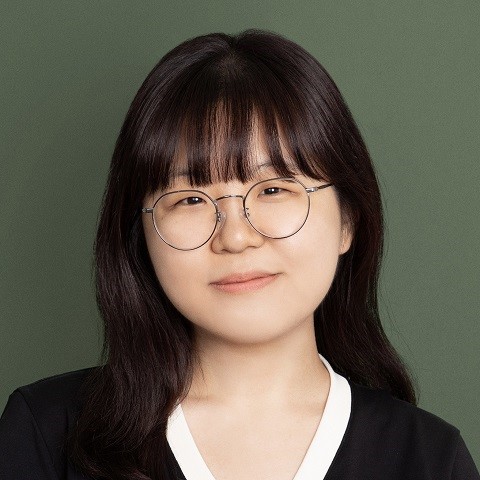micro updates
20251103
Invited to UIST'26 Program Committee
20251001
Presented 1 Paper and 1 Poster @ UIST'25 🐙
20250930
새 특허 등록 결정 🏅
20250927
부산정보영재교육원 특강 💗
More
20250828
CSE 교수 워크샵 @ 해운대 🌊
20250827
행복한 생일 (feat. 씨앗연구) 🎂
20250806
Hello, world!
🫧 ...
